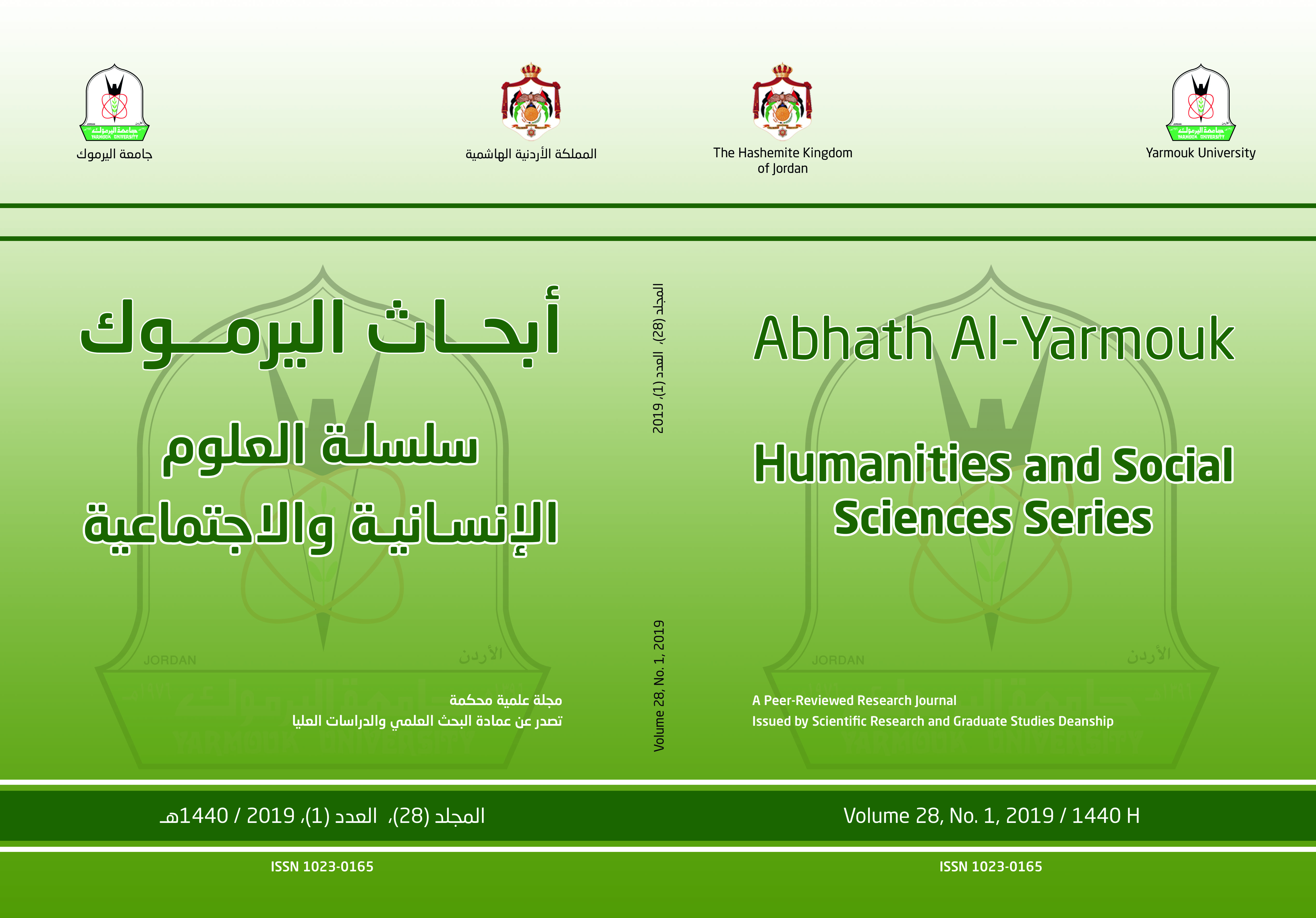"The Image of the Palestinian in Modern Hebrew Novel between "Old New Land" and "Khirbet Khazaa
Keywords:
Presence and absence, the other, possible consciousness, false consciousness, Hebrew novelAbstract
This is a descriptive, analytical, and comparative study, within a postcolonial perspective, of two important novels in the Hebrew literature. The first novel is Old New Land, published in 1902 and often viewed as a political novel that promotes the Zionist ideology, which has used it as a means to justify settlement. This settlement was seen as beneficial to the indigenous people who were expected to welcome the new immigrants in a wishful way showing the Arabs as peaceful and cooperative, in line with the Zionist literature and ideology.
Smilansky's novel Khirbet Khazaa, published in 1949, subscribes to the literature of confession, testimony, and self-purification. This novel highlights the systematic expulsion and humiliation practices of the armed Zionist gangs. The writer, who has taken part in such practices, and thus felt guilty and unable to suppress his feelings any longer, has disclosed his confession through writing. In light of this, the novel has offered a description of an eyewitness of the Arab character as a victim surrendering to his/her destiny.
In contrast, the national, resisting, and conscious Palestinian character has been totally absent from the two novels and the Hebrew narrative at large. This Palestinian image is actually strong enough to demolish the subjective pillars of the Zionist narrative.

